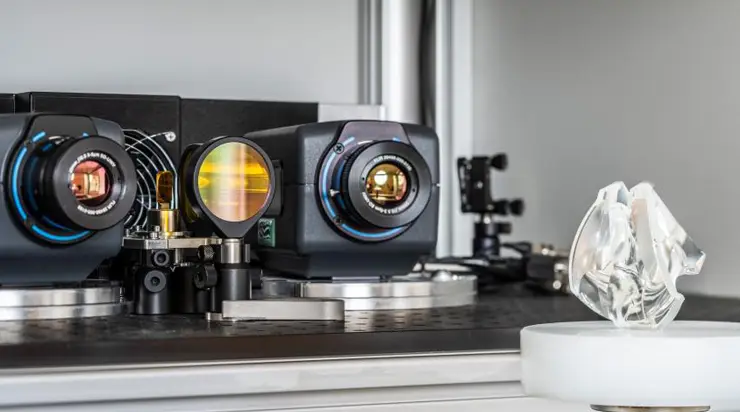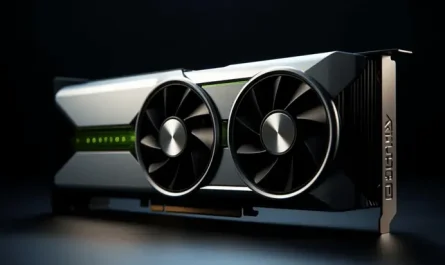Scientists have created a sensor that makes transparent objects visible to robots
German researchers have developed a thermographic sensor capable of detecting spatial objects with transparent, reflective, and light-absorbing surfaces. The system was successfully tested for the first time in an industrial robot project, as reported by Haytek.
The Glass360Degree system, engineered by experts at the Fraunhofer Institute for Applied Optics and Precision Engineering, integrates infrared laser projection and thermography. Collaborating with researchers from the Technical University of Ilmenau, they have effectively evaluated the sensor’s performance for actively controlling an industrial robot.
Utilizing a high-energy carbon dioxide laser, the system directs the laser beam through special lenses to vertically illuminate the object being measured. Throughout the measurement process, the object absorbs and emits laser radiation energy. Heat sensors detect the temperature changes of the object from two distinct points.
The institute’s specialists have developed a program that analyzes the heat signature left by the laser on the object. By utilizing data from the two points and the interference image, the system identifies the spatial orientations of the object’s components, enabling the determination of its dimensions.
“The thermal energy utilized in our research is minimal and does not cause any harm to the object. The surface temperature increases by less than 3 degrees Celsius,” the engineers emphasized.
The creators of the system highlighted that, unlike conventional sensors, Glass360Degree does not require additional methods of measuring or marking an object, such as (aerosol) paint.



